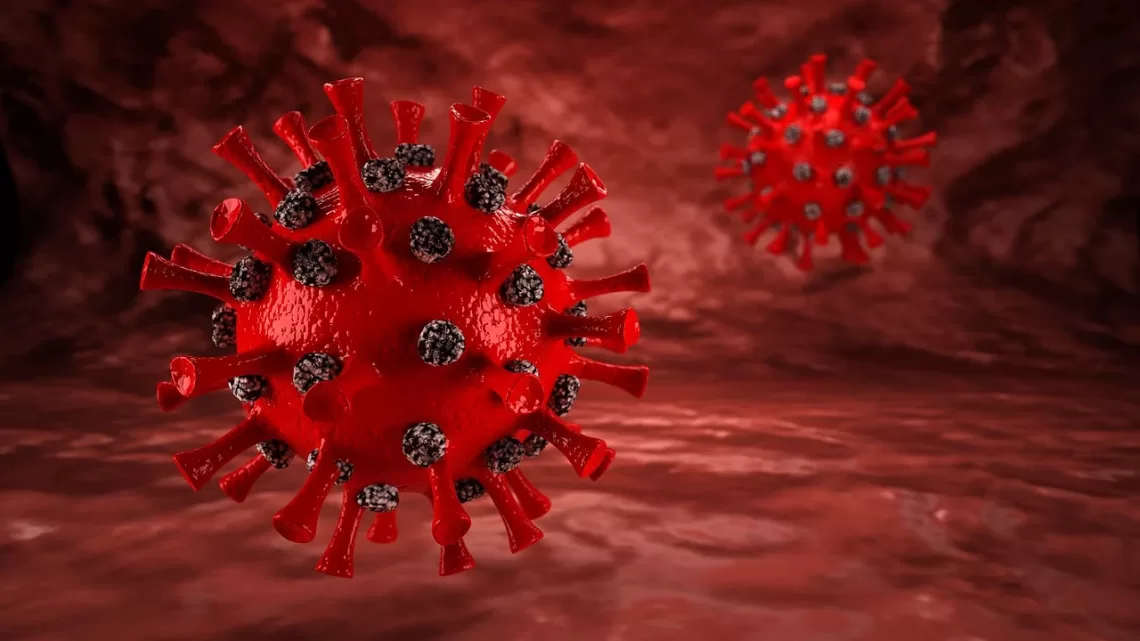
Certain T Cells Equipped to Fight Both Common Cold and COVID-19
January 29, 2024Researchers at the La Jolla Institute for Immunology (LJI) have uncovered conclusive proof that exposure to everyday cold coronaviruses can prime T cells to combat SARS-CoV-2. Remarkably, pre-existing exposure to a common cold coronavirus seems to offer partial protection to mice, reducing lung damage in the event of a subsequent SARS-CoV-2 infection.
Recently published in Nature Communications, the new research offers a crucial initial understanding of the development of “cross-reactive” T cells, capable of combatting multiple viruses within the same family, in an animal model. Co-led by LJI Research Instructor Annie Elong Ngono, Ph.D., the study delves into the development and functionality of these immune cells.
The Shresta Laboratory is currently engaged in the development of innovative vaccines strategically crafted to leverage these potent T cells. These vaccines aim to provide protection against SARS-CoV-2 while conferring immunity against various other coronaviruses with pandemic potential.
“Our research will contribute to the design and enhancement of ‘pan-coronavirus’ vaccines, triggering broad, cross-protective responses,” emphasizes LJI Professor Sujan Shresta, Ph.D., the senior leader of the study and a member of LJI’s Center for Vaccine Innovation.
The potency of T cells lies in their specificity—they specialize in targeting particular molecular epitopes associated with specific pathogens. “Cross-reactive” T cells play a crucial role in human health by recognizing epitope targets on different yet closely related pathogens, including various members of the coronavirus family. This family encompasses common cold coronaviruses as well as more severe pathogens like SARS-CoV-2.
The spotlight on cross-reactive T cells intensified during the COVID-19 pandemic. In early 2020, LJI Professors Shane Crotty, Ph.D., and Alessandro Sette, Dr.Biol.Sci., revealed that individuals who had never encountered SARS-CoV-2 already possessed T cells capable of recognizing the novel coronavirus. This raised the question of how these T cells knew what to target.
Despite SARS-CoV-2 emerging in 2019, many individuals had been exposed to common cold coronaviruses long before. LJI scientists demonstrated that cross-reactive T cells could identify targets on both viruses. Subsequent studies even indicated a correlation between cross-reactive T cells and a reduced risk of severe COVID-19.
The idea that T cells could be trained to target multiple coronaviruses simultaneously offered hope for the development of vaccines against various coronaviruses, including emerging variants of SARS-CoV-2. However, there remained much to uncover in this realm.
To create more effective vaccines, understanding the precise mechanisms behind the development of these protective T cells and the duration of their protective window is crucial,” states LJI Postdoctoral Fellow Rúbens Alves, Ph.D., the first author of the recent study.
Addressing these questions is the focus of the ongoing efforts in the Shresta Lab. The lab specializes in creating humanized mouse models, providing a controlled environment for studying infectious diseases and immune cell responses relevant to humans.
Cross-reactive T cells to the rescue
In the latest study, researchers employed mouse strains capable of generating the same range of T cells as those found in humans. These mice were infected with OC43, one of the most widespread common cold coronaviruses, and both SARS-CoV-2 and OC43 belong to the betacoronavirus category.
The investigation revealed that mice infected with OC43 produced CD4+ “helper” T cells and CD8+ “killer” T cells that exhibited cross-reactivity with SARS-CoV-2. Remarkably, these cells targeted the same epitopes as T cells obtained from individuals with previous SARS-CoV-2 exposure.
Subsequently, the researchers established a model of sequential infection, infecting these humanized mice first with OC43 and then with SARS-CoV-2. The objective was to determine whether the cross-reactive T cells played a role in protecting the mice from severe COVID-19.
The cross-reactive CD4+ “helper” T cells proved effective in combating the virus’s impact on the respiratory system. Mice with prior exposure to OC43 exhibited reduced levels of SARS-CoV-2 infection in their airways and were less prone to developing pneumonia and lung damage. The presence of cross-reactive T cells indeed played a significant role in averting severe disease.
Elong Ngono emphasizes, “The proficiency of our lab in mouse models has enabled us to delve deeper into the insights suggested by human studies.”
More information: Rúbens Prince dos Santos Alves et al, Human coronavirus OC43-elicited CD4+ T cells protect against SARS-CoV-2 in HLA transgenic mice, Nature Communications (2024). DOI: 10.1038/s41467-024-45043-2


